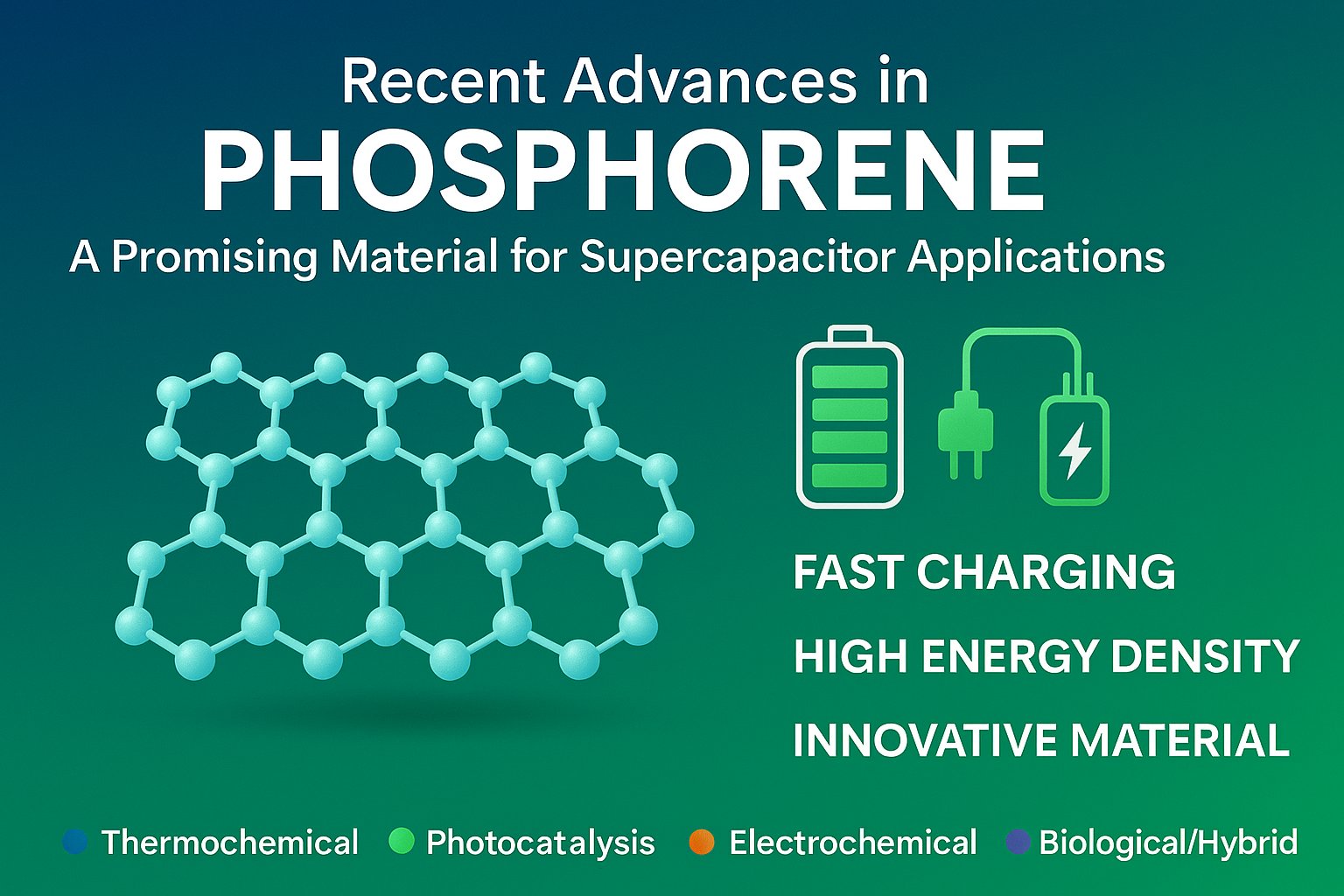A study discusses the transfer hydrogenation of azo compounds to amines using ethanol and methanol as hydrogen sources, focusing on the development of an efficient 3d metal-based catalyst for this process. The study demonstrates the successful transfer hydrogenation of various azo compounds, including commercially used dyes, to their corresponding primary amines. The research involves Co-SAC catalyst and utilizes Hammett studies and DFT calculations to gain insights into the mechanism.
Facts
- Transfer hydrogenation of non-polar bonds using methanol and ethanol is challenging.
- Selective transfer hydrogenation of amine surrogates to their corresponding primary amines is difficult, leading to the production of mono/di-alkylated amines.
- The direct transfer hydrogenation of azo compounds to amines has not been previously reported.
- Methanol and ethanol are used as hydrogen sources in the study.
- The development of efficient, cheap, readily accessible, and reusable cobalt catalysts for methanol and ethanol dehydrogenative functionalization is highly desired.
- The study focuses on the use of a Co-SAC catalyst for the transfer hydrogenation of azo compounds to amines using ethanol and methanol.
The study presents a promising approach to address the challenges of transfer hydrogenation of non-polar bonds, specifically the conversion of azo compounds to amines using ethanol and methanol as hydrogen sources. The use of a Co-SAC catalyst is a notable advancement in this area, and the ability to achieve transfer hydrogenation with high selectivity is significant. This research aligns with the desire for sustainable and environmentally friendly transformations of waste materials into valuable products, especially in industries such as textiles and leather. The findings contribute to the development of more efficient and cost-effective catalytic systems, which is essential for practical applications in various organic transformations.
- 🧪 Innovative TH method
- 🌱 Sustainable use of methanol and ethanol
- 🎨 Application in dye industry wastewater treatment
A study presents an efficient method for the transfer hydrogenation (TH) of azo compounds to primary amines using Co-SAC catalysts. This process utilizes methanol and ethanol as hydrogen sources, offering a sustainable alternative to the synthesis of primary amines and potential applications in dye industry wastewater treatment.
The study introduces an innovative method for the transfer hydrogenation (TH) of azo compounds, a challenging class of non-polar bonds, to primary amines using Co-SAC catalysts. What sets this method apart is the use of sustainable hydrogen sources, methanol and ethanol, making it an attractive alternative to traditional processes. This approach is particularly significant in the context of treating dye industry wastewater, where azo compounds are prevalent pollutants. The study demonstrates that azo compounds with electron-donating groups are more amenable to TH, and detailed DFT calculations shed light on the mechanism, involving alcohol dehydrogenation and –NN– bond hydrogenation via β-hydride elimination and Co-hydride insertion pathways. This research opens doors to greener, more efficient processes in the chemical industry.
- Transfer hydrogenation (TH) of non-polar azo bonds is challenging.
- A Co-SAC catalyst efficiently converts azo compounds to primary amines using methanol and ethanol.
- Use of electron-donating substituents enhances TH.
- DFT calculations reveal alcohol dehydrogenation and –NN– bond hydrogenation mechanisms through β-hydride elimination and Co-hydride insertion pathways.





